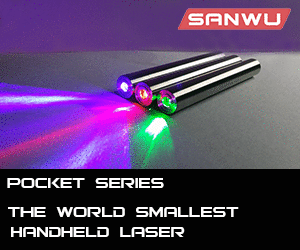random,
The flashlight driver is what bucks the voltage. The batteries are still totalling 8.4V across both of them.
The way that using two cells is safer than one is that with two cells and a DC-DC converter, Pin=Pout (minus efficiencies, but basics for now).
For example:
We want to power a device that needs 6 amps, and will drop 5V at 6A. The two Li-Ion cells in series feed a DC-DC converter, which powers the device.
V(in)=8.4V
I(in)=?
V(out)=5V
I(out)=6A
P(in)=P(out)
Well, P=I*V, so:
I(in)*V(in)=I(out)*V(out)
Plugging in the values we know, we have:
I(in)*8.4V=6A*5V
I(in)=(30A*V)/(8.4V)
I(in)=~3.6A :wave:
You'll notice that 3.6A is not as many amps as what's going to the load, and it is within the safe current discharge range of the Li-Ions.
Ex. 2a
Single Li-Ion powering a 6V@3.5A load, via a theoretical 100% efficient boost-driver
V(in)=4.2V
I(in)=?
V(out)=6V
I(out)=3.5A
P(in)=P(out)
4.2*I(in)=6*3.5
I(in)=21/4.2
I(in)=5A :wave:
You'll notice that in this example, while a 5A draw from a single Li-Ion is kind of high, it's still within the 2C discharge specification for the higher capacity name-brand cells.
Ex. 2b
Same as example 2a, except the battery has been discharged some, to say, 3.4V.
V(in)=3.4V
I(in)=?
V(out)=6V
I(out)=3.5A
P(in)=P(out)
3.4*I(in)=6*3.5
I(in)=21/3.4
I(in)=6.2A :wave:
You'll see that as the battery depletes, it's voltage gets lower but the load doesn't change. The boost converter is then forced to pull more current from the battery. 6.2A is too much for a cobalt Li-Ion



